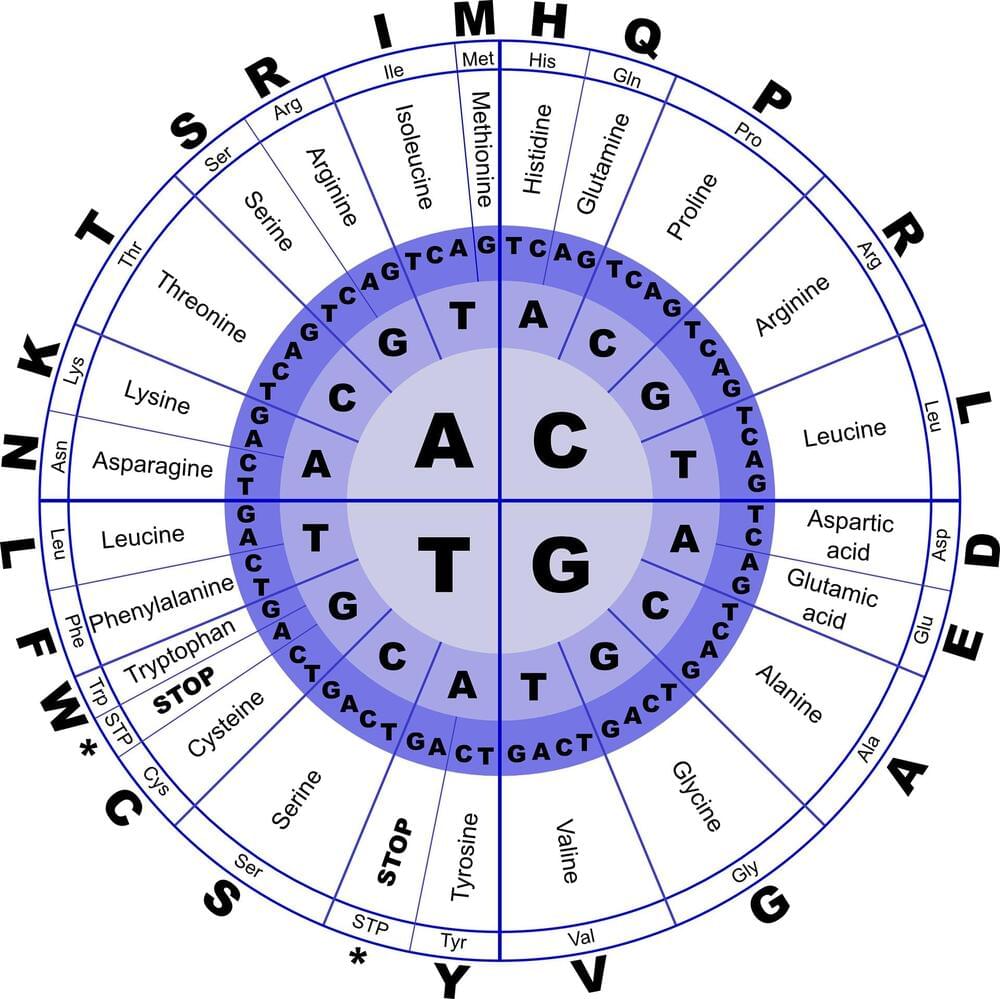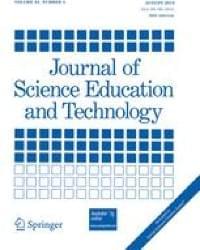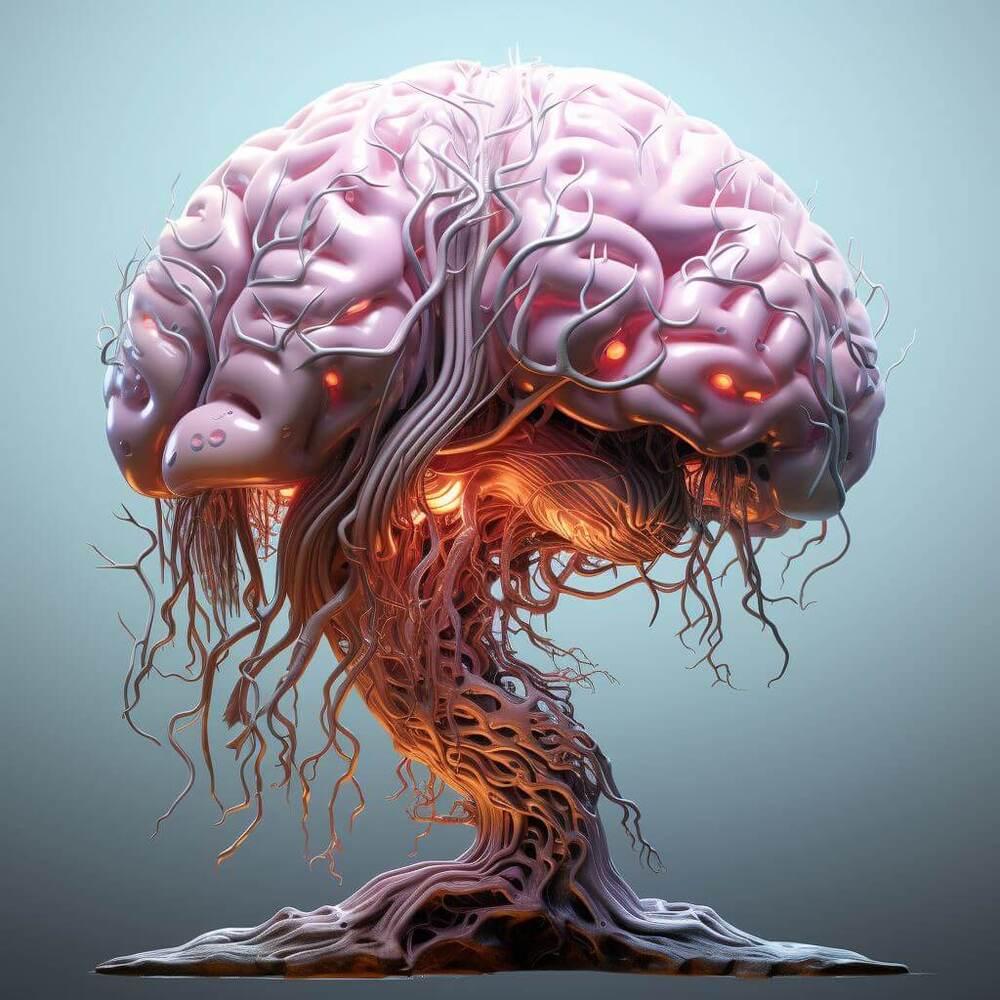The famous Copenhagen Interpretation favored by the founders of quantum mechanics is most definitely psi-epistemic. Niels Bohr, Werner Heisenberg, and others saw the state vector as being related to our interactions with the Universe. As Bohr said, “Physics is not about how the world is; it is about what we can say about the world.”
QBism is also definitively psi-epistemic, but it is not the Copenhagen Interpretation. Its epistemic focus grew organically from its founders’ work in quantum information science, which is arguably the most important development in quantum studies over the last 30 years. As physicists began thinking about quantum computers, they recognized that seeing the quantum in terms of information — an idea with strong epistemic grounding — provided new and powerful insights. By taking the information perspective seriously and asking, “Whose information?” the founders of QBism began a fundamentally new line of inquiry that, in the end, doesn’t require science fiction ideas like infinite parallel universes. That to me is one of its great strengths.
But, like all quantum interpretations, there is a price to be paid by QBism for its psi-epistemic perspective. The perfectly accessible, perfectly knowable Universe of classical physics is gone forever, no matter what interpretation you choose. We’ll dive into the price of QBism next time.









